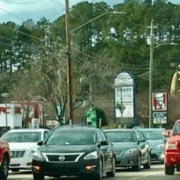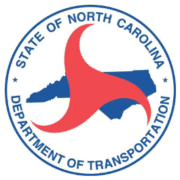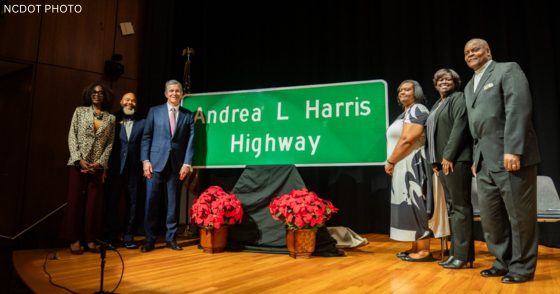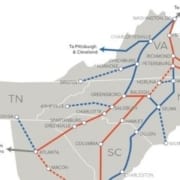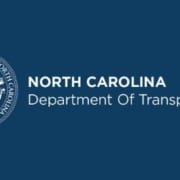-Information courtesy of James Hicks, Franklin County Public Information Officer
Franklin County is set to receive $98 million from the NC DOT’s Transportation Improvement Program over the next decade, which translates into numerous transportation and bridge improvement projects, as well as at least one rails to trails project for pedestrians and bicyclists.
The NC DOT adopted the plan last month and Franklin County Manager Kim Denton said Franklin County’s $98 million piece of the pie will provide an economic boost.
“These transportation projects will help increase mobility in Franklin County and update the county’s transportation infrastructure,” Denton said. “Funding in the STIP will improve transportation in Franklin County and attract more economic development to the county.”
Following is a description of the projects and an anticipated date of completion:
U.S. Highway 401 widening between Flat Rock Church Road/Clifton Pond Road to Fox Park Road in Louisburg
This project will widen the existing two-lane road to four lanes and connect the four lanes at Fox Park Road in Louisburg to the newly constructed four lanes at Flat Rock Church Road and Clifton Pond Road in the Royal community. This nearly $55 million project has been given prioritization in the STIP with a projected Right-Of-Way schedule of 2028. Commonly referred to as Section D, this project will complete the widening of Highway 401 which began many years ago south of Rolesville in Wake County. The current widening project from NC 96 to Flat Rock Church Road/Clifton Pond Road is expected to be completed in the summer of 2023.
Triangle North Executive Airport runway extension with relocation of utilities, navaid and roadways
Fulfilling goals in the Triangle North Executive Airport Master Plan, this project will extend the existing airport runway as well as realign Airport Road to allow for hangar expansion along the runway. This $25 million project will aid in the expansion of Triangle North Executive Airport – which drives an annual economic impact of more than $28 million – and has been given prioritization in the STIP with a Right-Of-Way schedule of 2026.
Bickett Boulevard lane improvements from Burke Boulevard to Nash Street
This project will enhance mobility and improve safety by converting Bickett Boulevard from a five-lane section to a four-lane median divided roadway with accommodations for bicycle and pedestrian traffic. This $20 million project has been given prioritization in the STIP with a projected Right-Of-Way schedule of 2028.
Franklinton to Novozymes Rails to Trails
A joint project between Franklin County and the Town of Franklinton, this project converts an old railway corridor into a walkable and rideable trail. Spanning from the Franklinton Train Depot to Novozymes on Perry’s Chapel Road, this rails to trails project will increase mobility and provide a nice outdoor amenity to Franklin County. This $3.7 million project is expected to begin in 2023.
Bunn Road lane improvements from Kenmore Avenue to Bickett Boulevard
This project will reduce the lanes on Bunn Road from Kenmore Avenue to Bickett Boulevard from four lanes to two lanes. It will also make bicycle and pedestrian improvements. This project is expected to cost just over $600,000 and some improvements to that stretch of road began in 2022.
Bridge Replacements
- Replace East River Road bridge over Sycamore Creek which is under construction in 2023.
- Replace Highway 401 bridge over Sandy Creek with a Right-Of-Way schedule of 2027.
- Replace Baptist Church Road bridge over Tar River with a Right-Of-Way schedule of 2030.
Highway 56 West lane widening from Peach Orchard Road to Highway 401
This project will widen Highway 56 West from two lanes to four lanes from Bickett Boulevard/Highway 401 to Peach Orchard Road. The nearly $37 million project was included in the STIP for prioritization, but funds have not been identified to begin Right-Of-Way acquisition.
Franklin County is in NCDOT Division 5 which also includes Granville, Vance and Warren counties, among others. The County is also a part of the Capital Area Metropolitan Planning Organization (CAMPO) and the Kerr-Tar Regional Planning Organization which submit projects to NCDOT for its planning areas.
The complete STIP for the state can be viewed here: https://www.ncdot.gov/initiatives-policies/Transportation/stip/Pages/about.aspx

